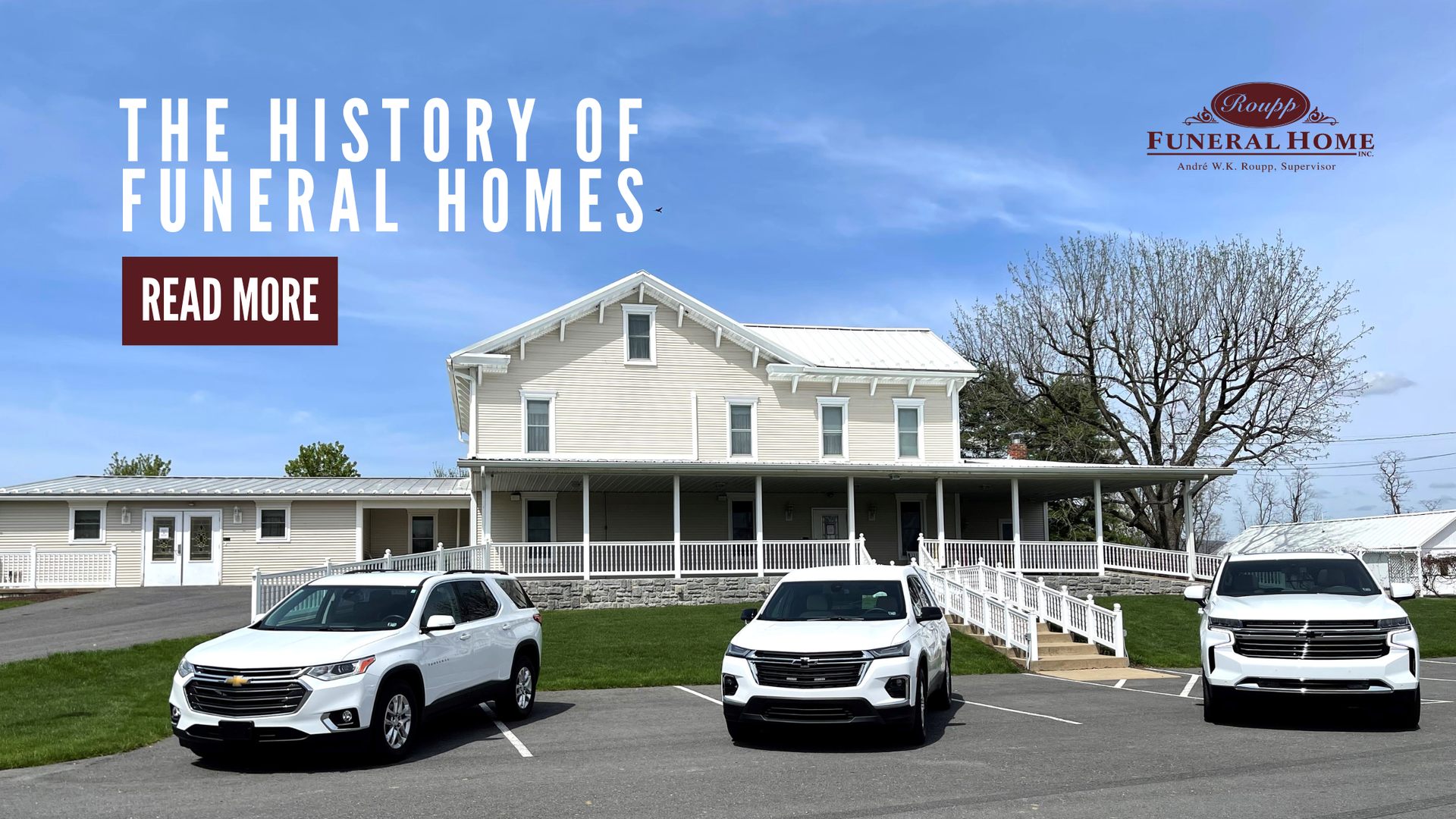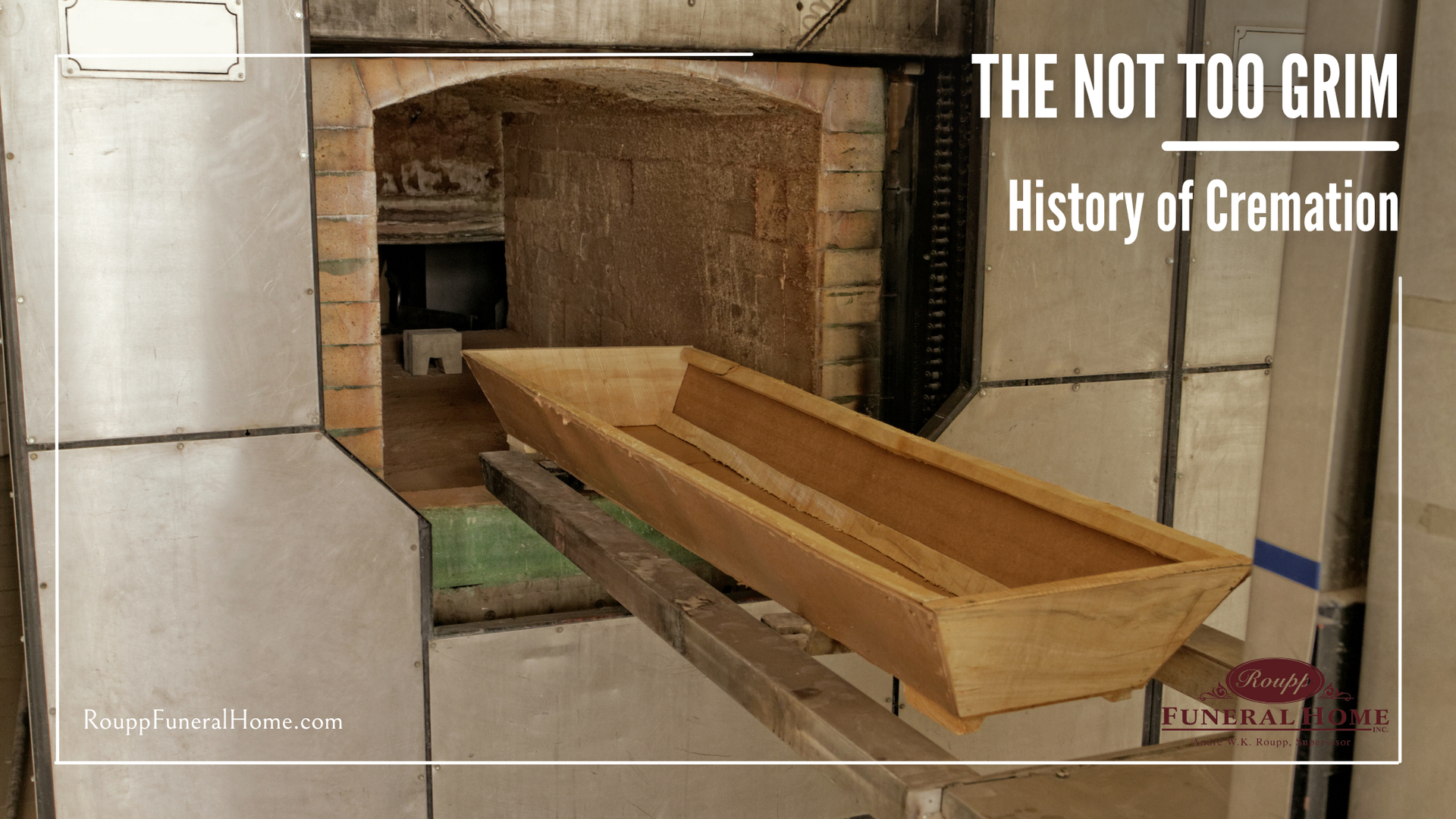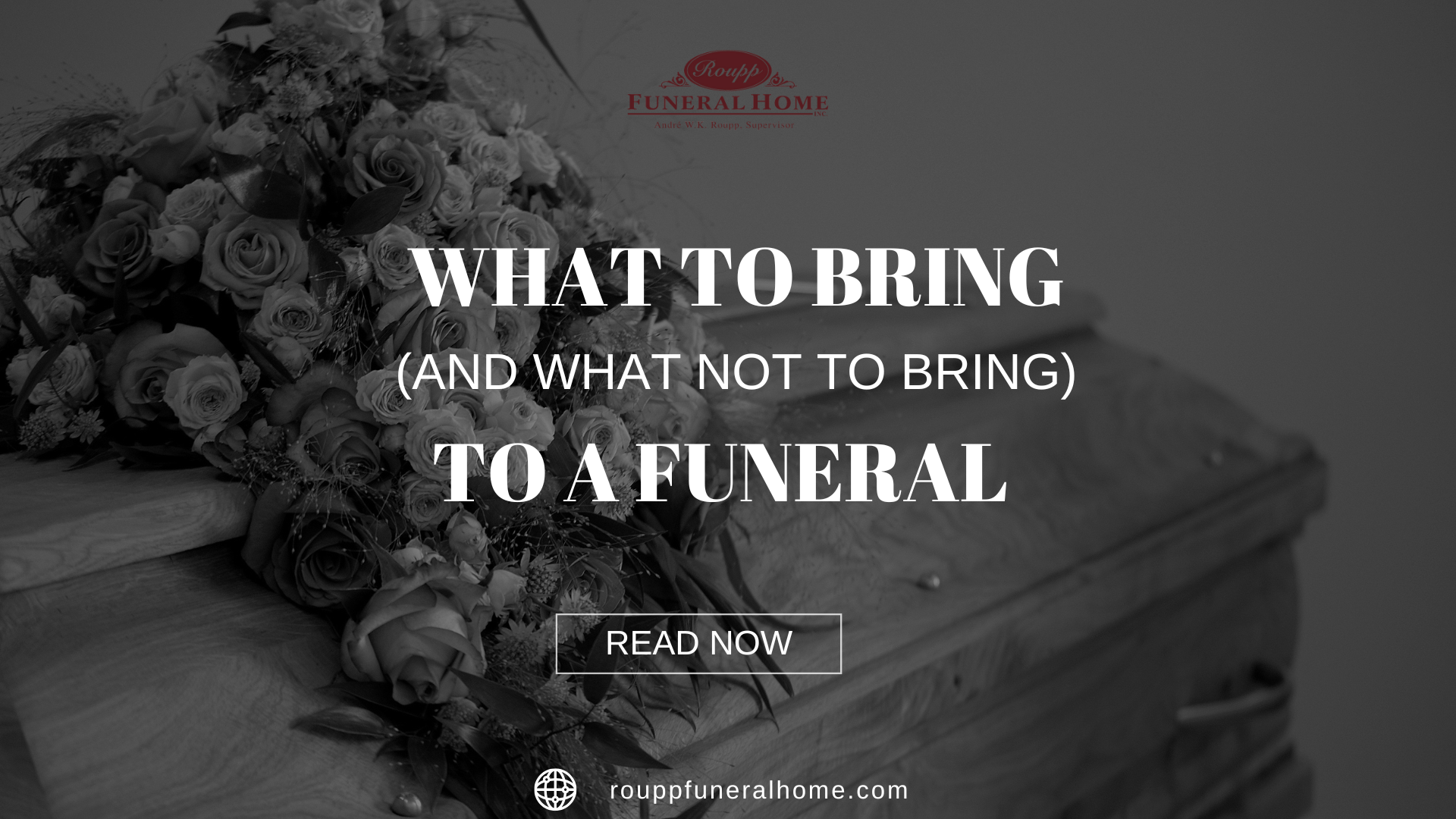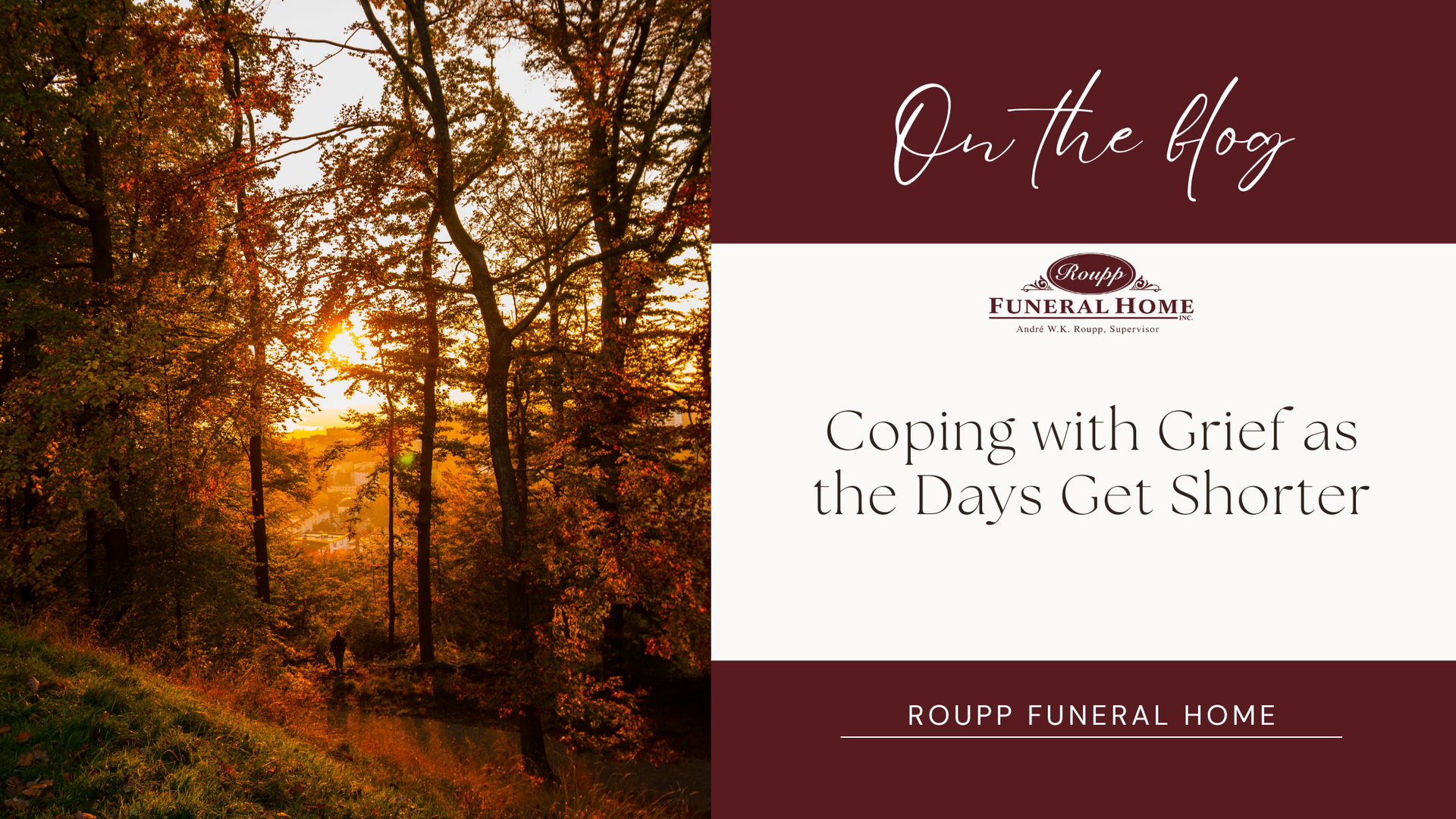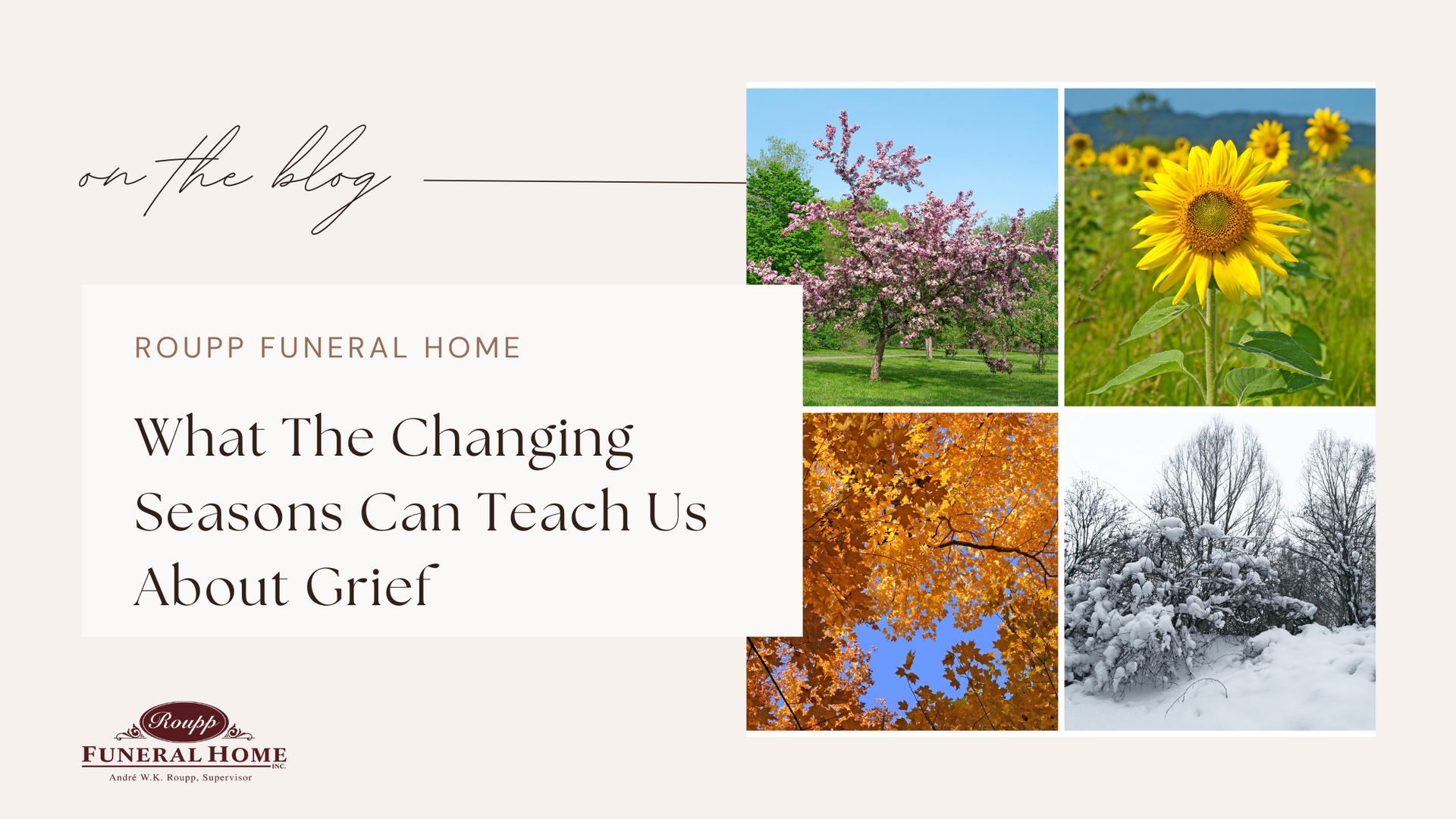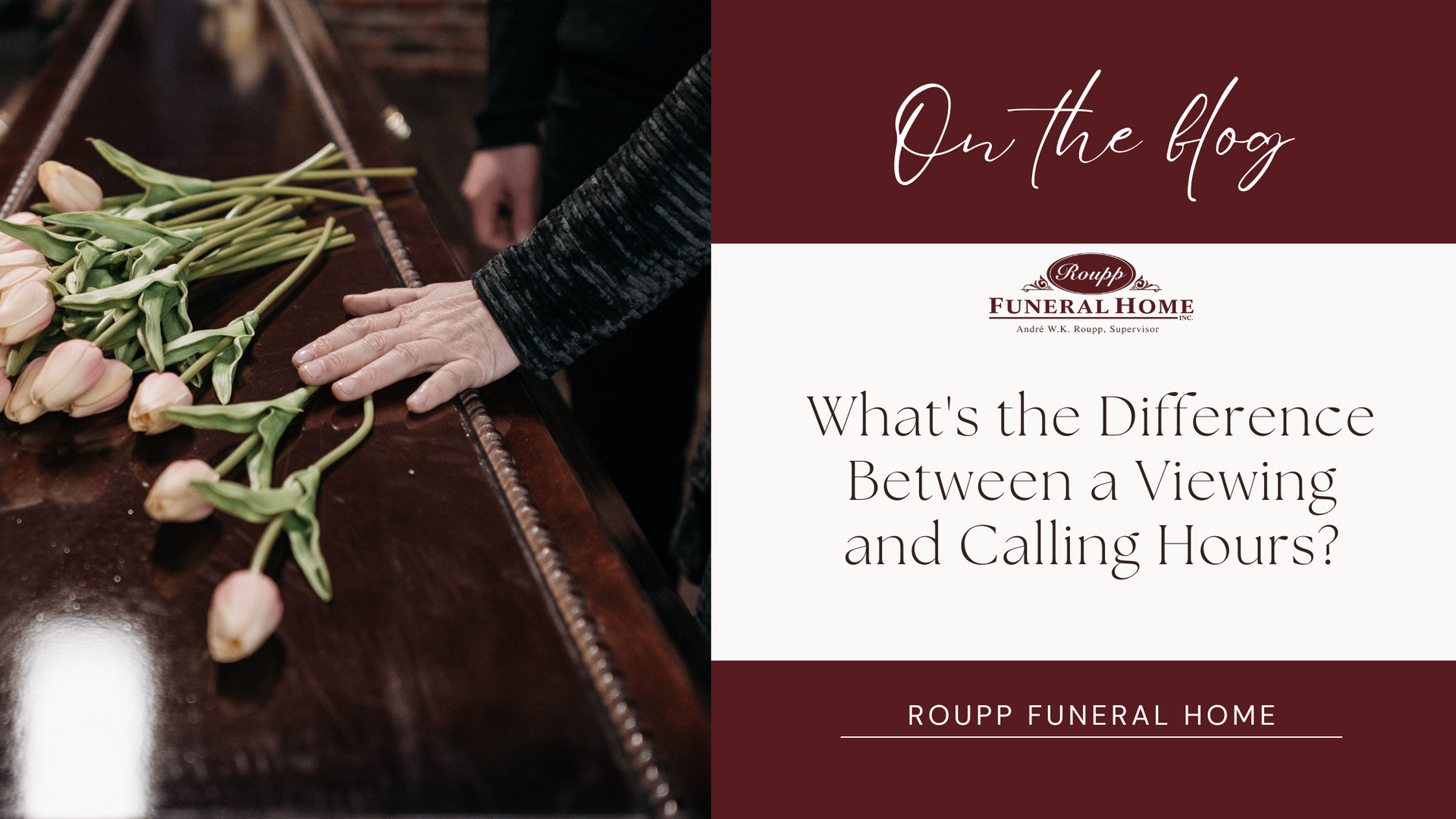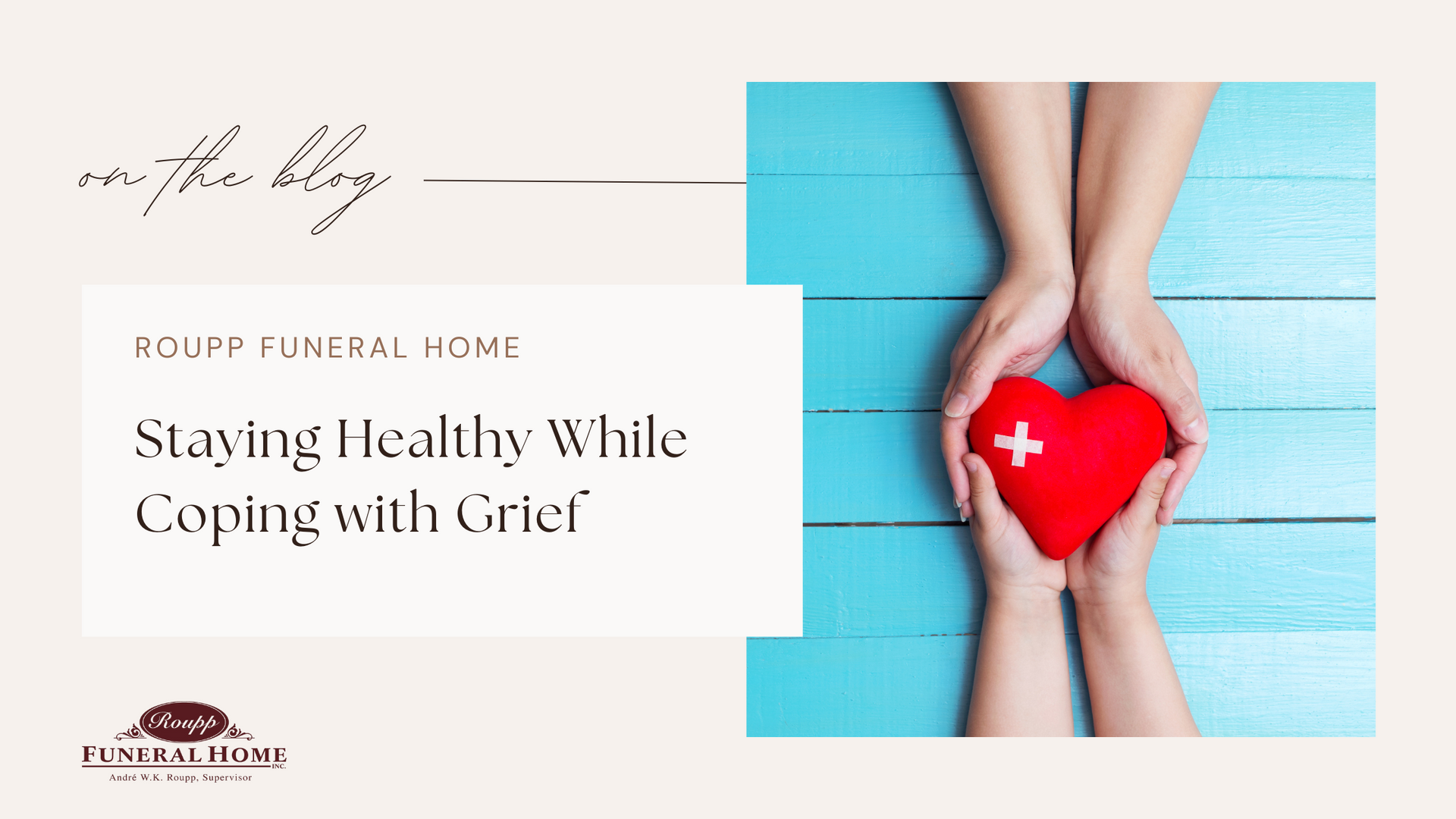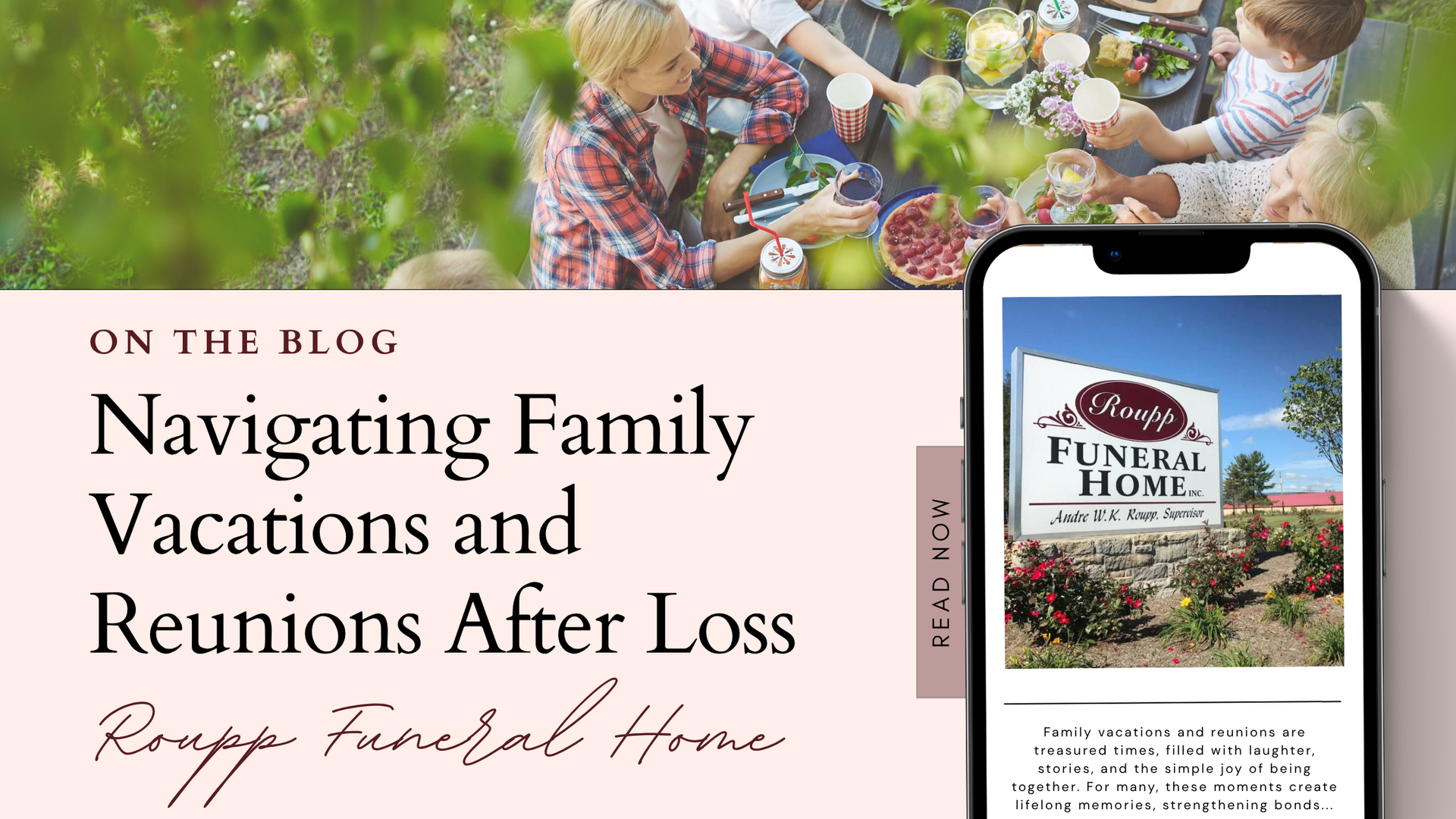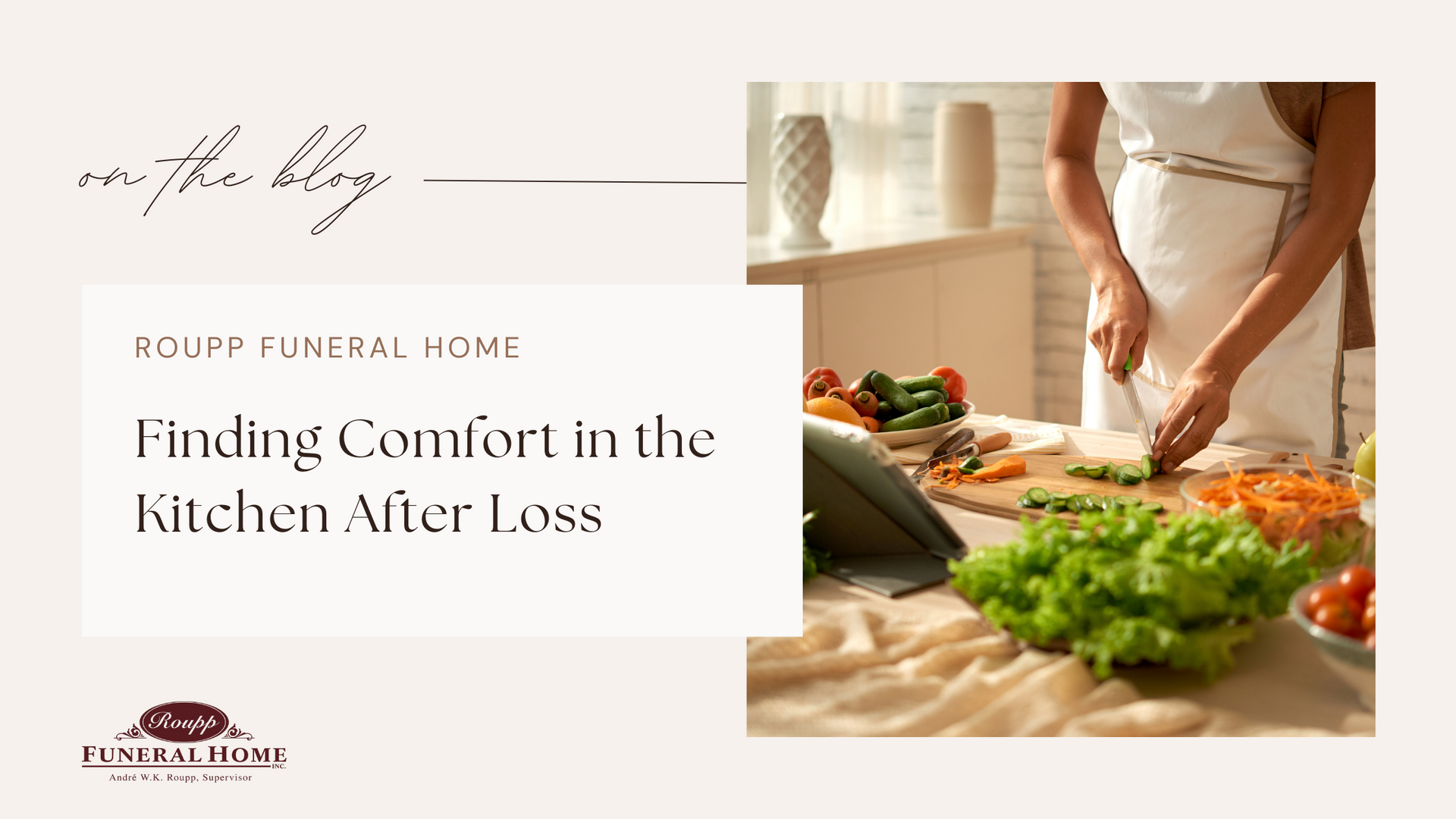The History of Funeral Cars in America
When we honor a loved one’s life, every detail matters, including their final ride. The vehicles we use to carry the deceased, known as funeral cars or hearses, have evolved significantly over the past century. These somber yet dignified vehicles are not only functional, they are steeped in history, tradition, and symbolism.
A Brief History of Funeral Cars in America
The earliest funeral processions in America were entirely on foot or involved simple horse-drawn wagons. As communities grew and became more mobile, these wagons evolved into more formal carriages specifically designated to carry caskets. These horse-drawn hearses, often ornately carved and painted black, featured glass windows to display the casket and were drawn by black horses draped in matching plumes.
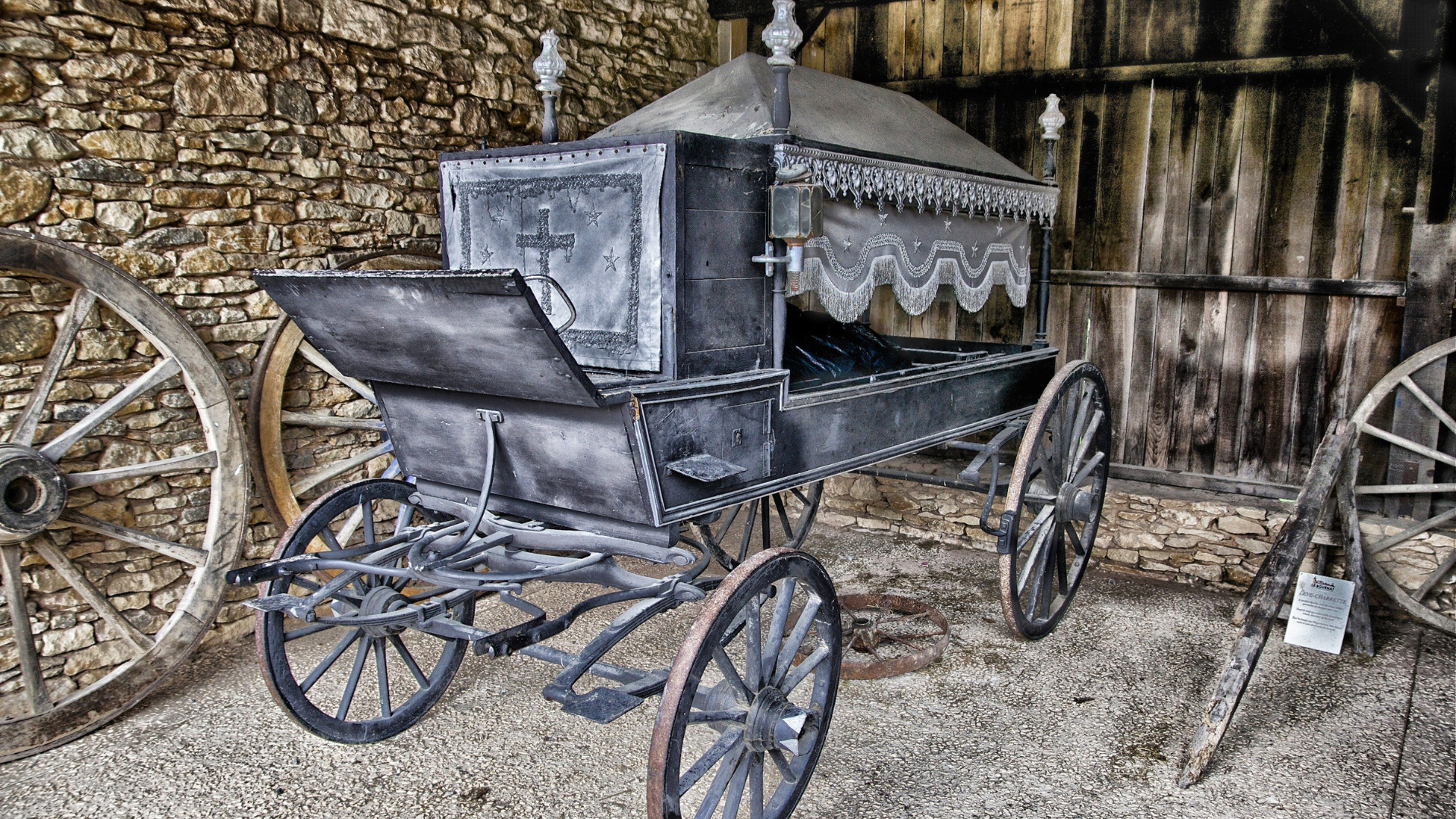
By the early 1900s, the automotive industry began to influence funeral services. In 1909, the first motorized hearse was introduced by Crane & Breed, a Cincinnati-based coachbuilding company. Built on a modified truck chassis with a custom body designed to carry a casket, it offered a more efficient and weather-resistant alternative to horse-drawn carriages. However, the transition to motorized hearses was gradual, as many roads were still unpaved or not suitable for automobiles. As a result, horse-drawn carriages remained the primary mode of funeral transportation for some time.
Throughout the 1920s and 1930s, motorized hearses became the standard. Luxury car brands like Cadillac, Lincoln, and Packard became synonymous with funeral coaches, known for their elegance, power, and comfort. Funeral directors often relied on coachbuilders like Miller-Meteor, Superior Coach, and Eureka to custom-build hearses on extended Cadillac or Lincoln chassis. These cars were not only longer, but featured distinctive styling like their curved windows, velvet drapes, and chrome details.
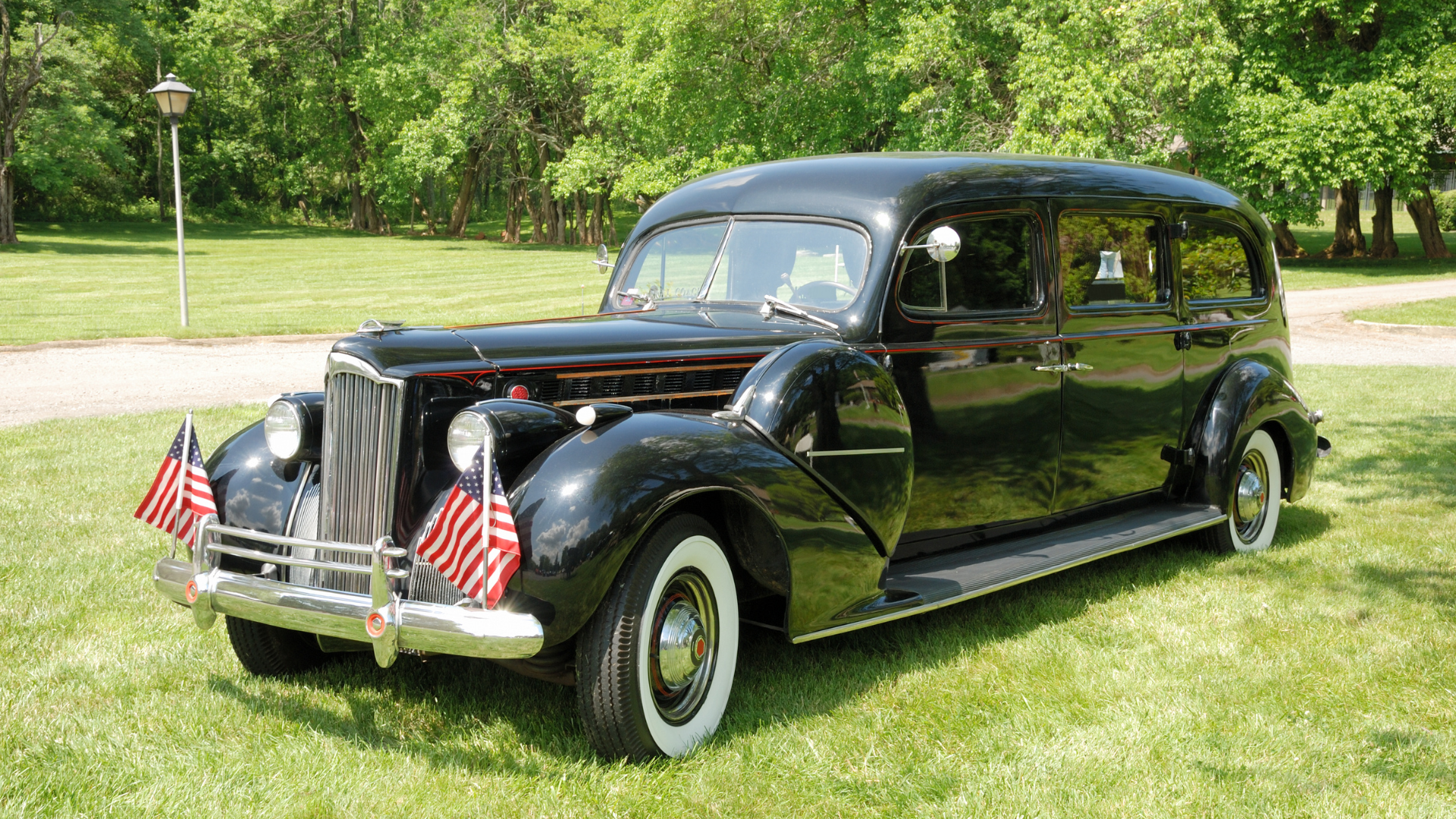
Over time, hearses were continually modified to not only serve their ceremonial purpose but also to reduce physical strain on the living, particularly funeral directors and pallbearers. These needs led to engineering innovations in funeral car design. In 1926, Eureka introduced a major advancement with its “Side Way Burial Coach,” which featured large doors on both sides and a swing-out table, making casket loading significantly easier and less physically demanding.
Today, most hearses feature rear-loading doors, a design shift that became more common starting in the 1960s. Around that time, Ford introduced the “Magic Doorgate” on its station wagons - a rear door that could swing open sideways or fold down like a pickup truck tailgate. This versatile design influenced modern funeral car construction, bringing us closer to the rear-loading style that’s now standard in most hearses.
The Modern Funeral Car
Today’s funeral cars are a continuation of this tradition, designed with dignity and respectful elegance. Many modern hearses are still built on Cadillac or Lincoln platforms, with custom features like soft suspension for a smoother ride and interiors designed to accommodate a casket securely. Some funeral homes also offer specialty vehicles such as motorcycle hearses, vintage-style coaches, or eco-friendly electric options to reflect the personality or wishes of the deceased.
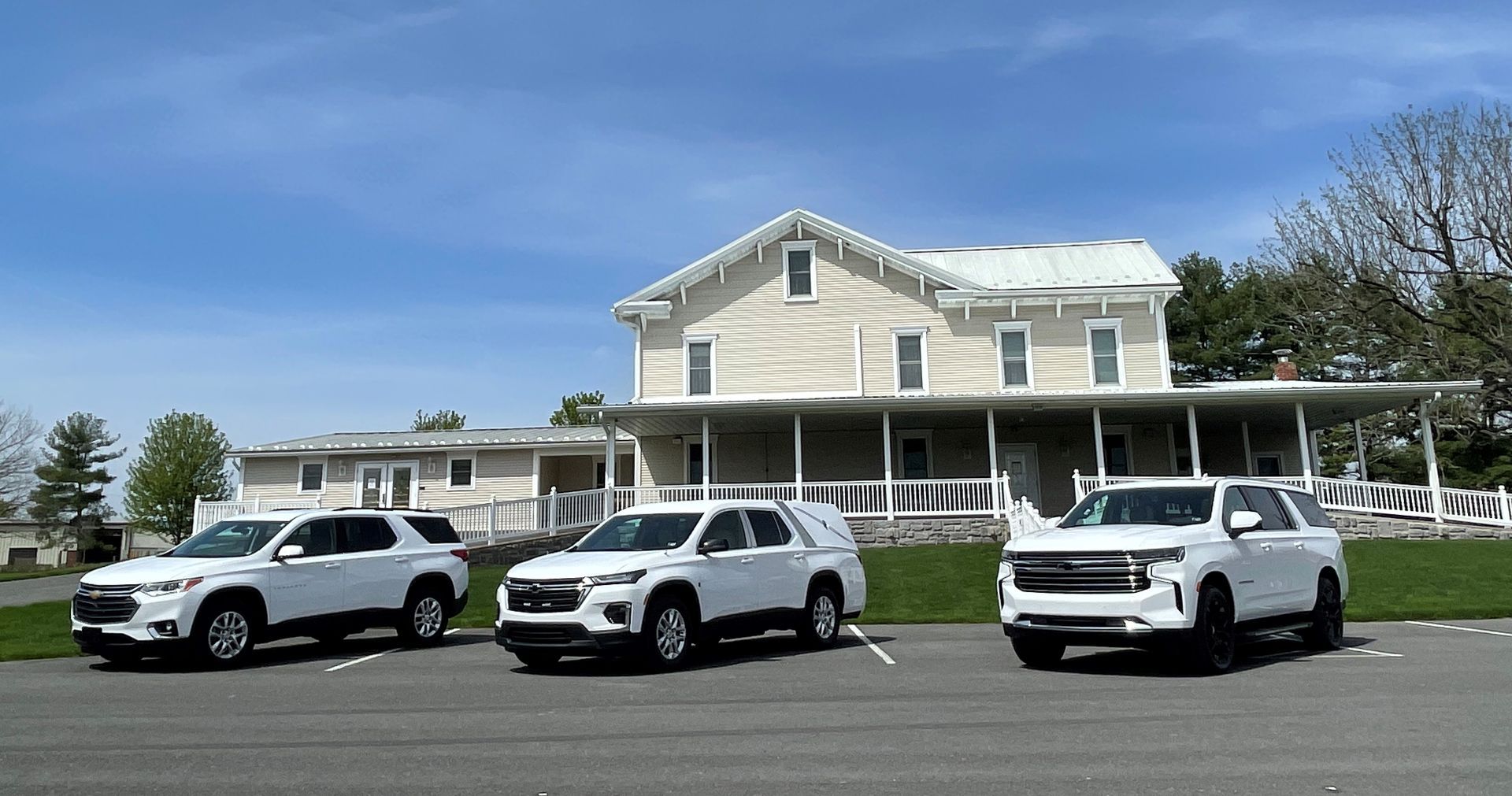
^Our Fleet!^
At Roupp Funeral Home, we understand the significance of a loved one’s final journey. Our fleet includes modern funeral cars that are meticulously maintained to ensure respectful and seamless transportation. Whether traditional or personalized, we are committed to providing services that honor the memory of those we’ve lost.
The phrase “Ride in Peace” has become a modern expression of respect and remembrance, often seen as a play on “Rest in Peace.” It reflects not just the physical journey from one place to another, but the symbolic transition from life to legacy. The funeral car, in this way, becomes more than a vehicle; it becomes a part of the story.
As we continue to evolve in how we remember and celebrate life, funeral cars remain a vital and meaningful part of our rituals. At Roupp Funeral Home, we honor this tradition with every final ride we provide, ensuring each journey is made with care, grace, and dignity.
